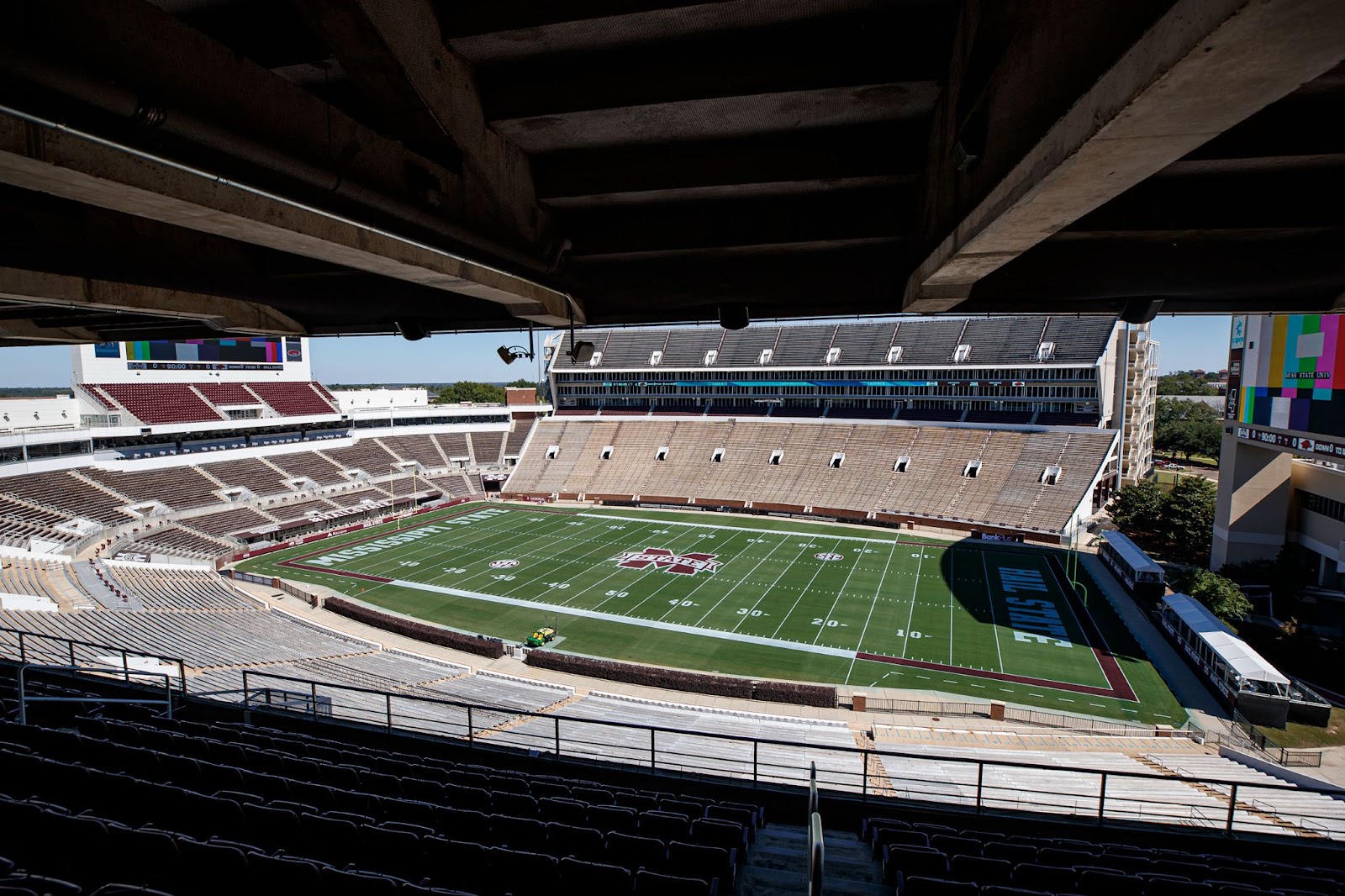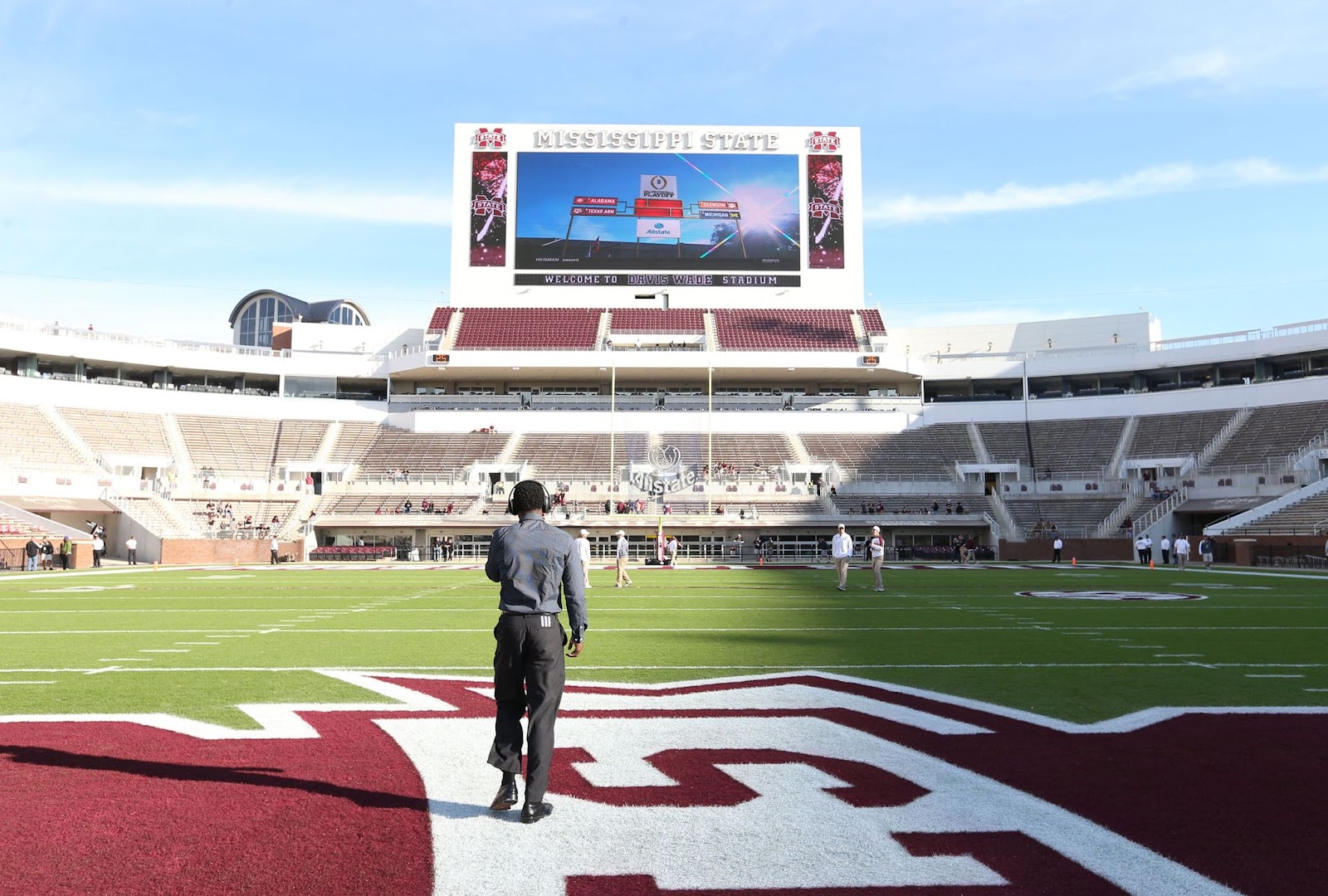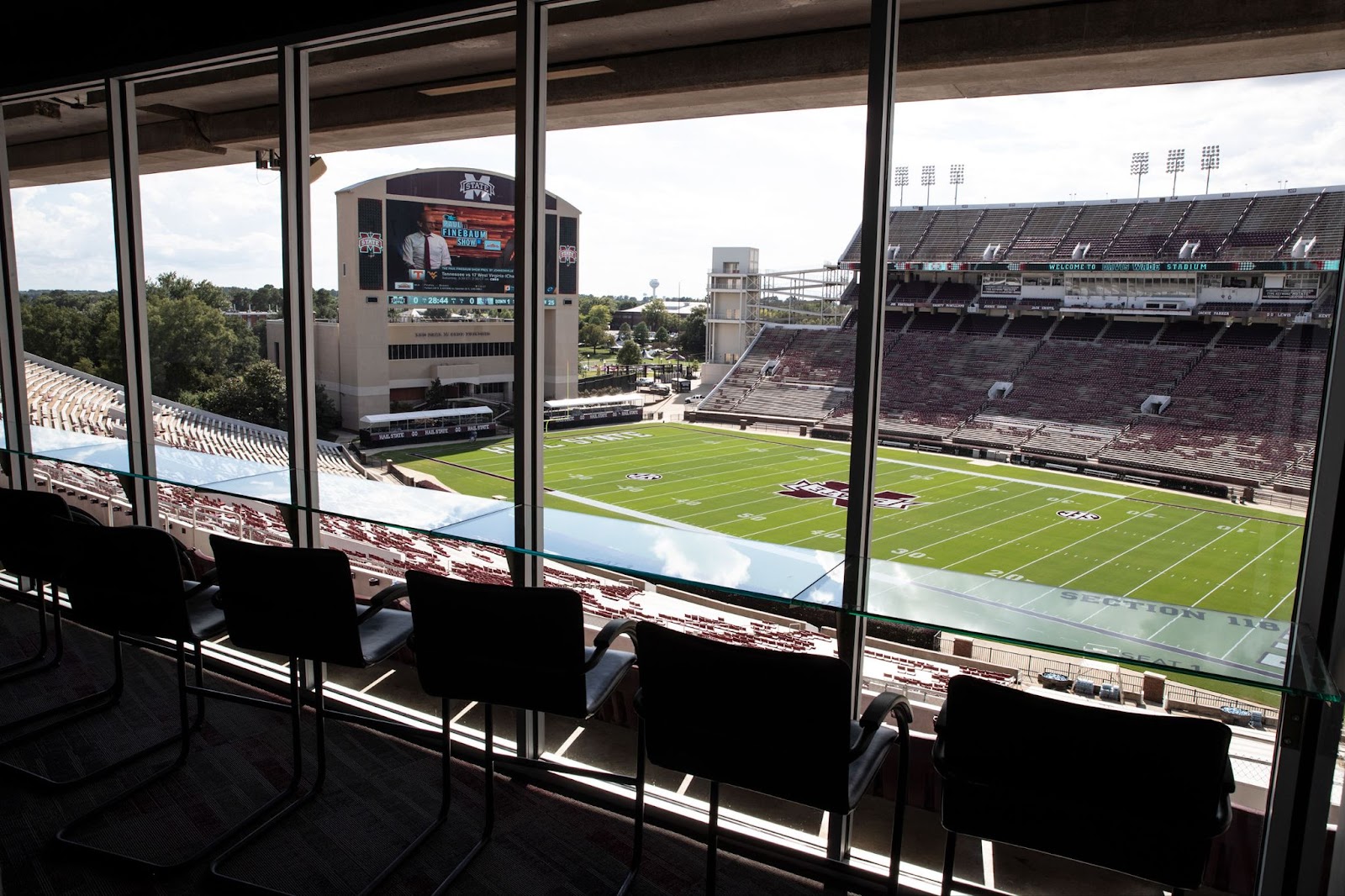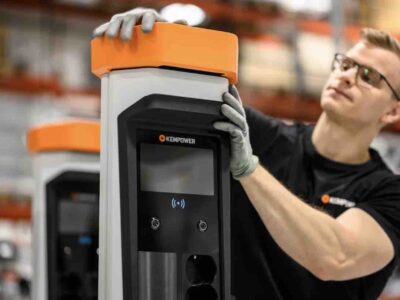When stadiums undergo dramatic renovations, the changes often are readily apparent to fans. There were plenty of eye-catching improvements when Mississippi State University’s (MSU) Davis Wade Stadium underwent a $75 million expansion and upgrade project timed for the football stadium’s centennial in 2014.
Approximately 800 seats and 20 premium seating areas were added, and there was a significant increase in concession stands and bathrooms. The west side concourse was redone, while the north end zone area was expanded. However, the splashiest addition undoubtedly was a huge hi-def video screen that gave it the most hi-def square footage in college football.

Yet, the most innovative part of this major renovation was not particularly noticeable to the average fan. During the building process, the construction team used a game-changing cement compound far more sustainable than the most commonly used cement type: ordinary portland cement (OPC).
Sustainability was a core priority for the university and the stadium design team on this renovation job. Luckily, the start of this project overlapped with MSU-led research into creating a highly sustainable type of concrete. OPC, the standard cement used for construction concrete, is not healthy for the environment because making it requires a lot of resources and releases enormous amounts of carbon dioxide into the atmosphere.
A team composed of MSU professor Isaac Howard, doctoral candidate Jay Shannon, and two alums in the construction/engineering business, Mark Stovall and Tim Cost, came up with a sustainable concrete recipe. It was based on a combination of portland limestone cement (PLC) with two supplementary cementitious materials (SCM): fly ash and slag cement.
“Combining PLC with these byproducts is what makes concrete in the Davis Wade Stadium project more sustainable than concrete made almost any other way,” Howard revealed.
The limestone makes PLC’s carbon footprint 10% less than OPC, and slag cement and fly ash further improve sustainability because they are recyclable byproduct materials.
Additionally, the MSU-created mixture lessens energy demands, raw materials requirements, and construction costs.

The large-scale renovation required more than 23,000 cubic yards of concrete, and this need put the new recipe to the test. Some prior versions of sustainable concrete had strength and setting issues, but the MSU team was optimistic about their work. “PLC interacts with fly ash and slag cement extremely well,” Howard explained.
Indeed, the PLC/SCM cement was “successful from every vantage point.” It even outperformed OPC in setting time and all ages of strength.
By demonstrating that it was OPC’s equal, the PLC/SCM cement quickly became a popular choice for builders due to its high level of sustainability. The construction industry website ConcreteConstruction.net noted an increase in project managers requesting the PLC mix soon after the Davis Wade Stadium renovation.
“Other designers and contractors now can say, ‘This was successful in Davis Wade; why not use it in house slabs or commercial buildings or bridges?’” Howard observed. “If you have a glaring example of success, it can translate outside of the community.”

It also certainly helped that the stadium renovation project attracted much attention and garnered several honors. A case study published by the American Society of Civil Engineers praised it. The stadium was named Project of the Year by the Slag Cement Association honors for its sustainability. It also was runner-up for the Triad Award from the World of Concrete, one of the biggest international construction trade exhibitions.
The ground-breaking concrete work wasn’t the only sustainability-minded feature of the stadium’s renovation.
The decision to use insulated metal panel (IMP) technology provided an attractive aesthetic look to the stadium’s façade and improved energy efficiency.
IMPs create extremely airtight insulation and reduce thermal bridging, which limits head loss and cuts down on wasted electricity. Because they are metal and don’t absorb water, IMPs lower maintenance and energy costs.

When the 2014 football season started, thrilled fans flocked to the refurbished Davis Wade Stadium in droves. Mississippi State set new highs in gameday attendance three times that season alone. Fans obviously were excited about the seat and scoreboard upgrades to the second-oldest stadium in college football. However, they should also be proud of the less obvious but just as impactful renovations that will deliver dividends to the environment for years to come.





